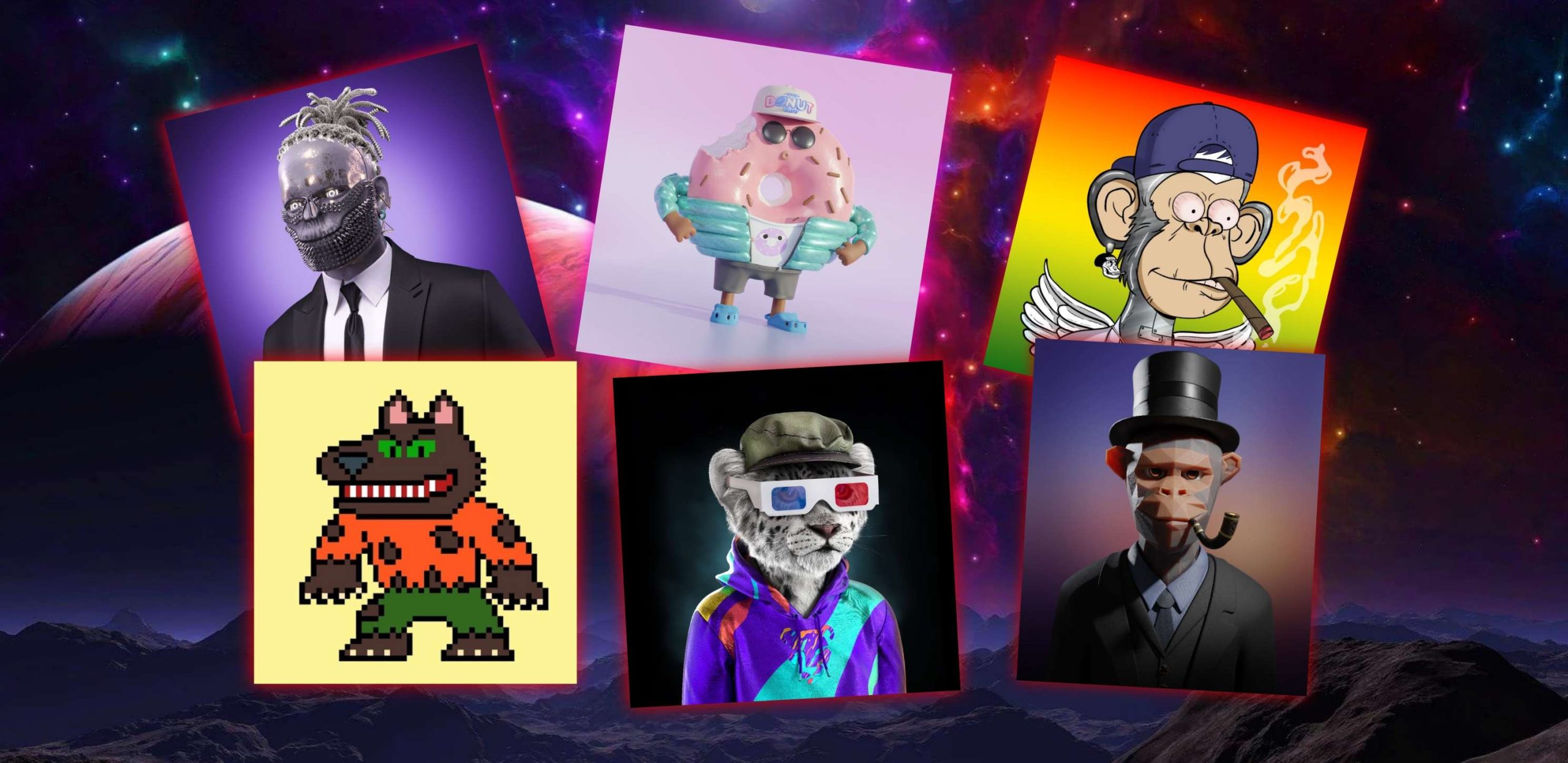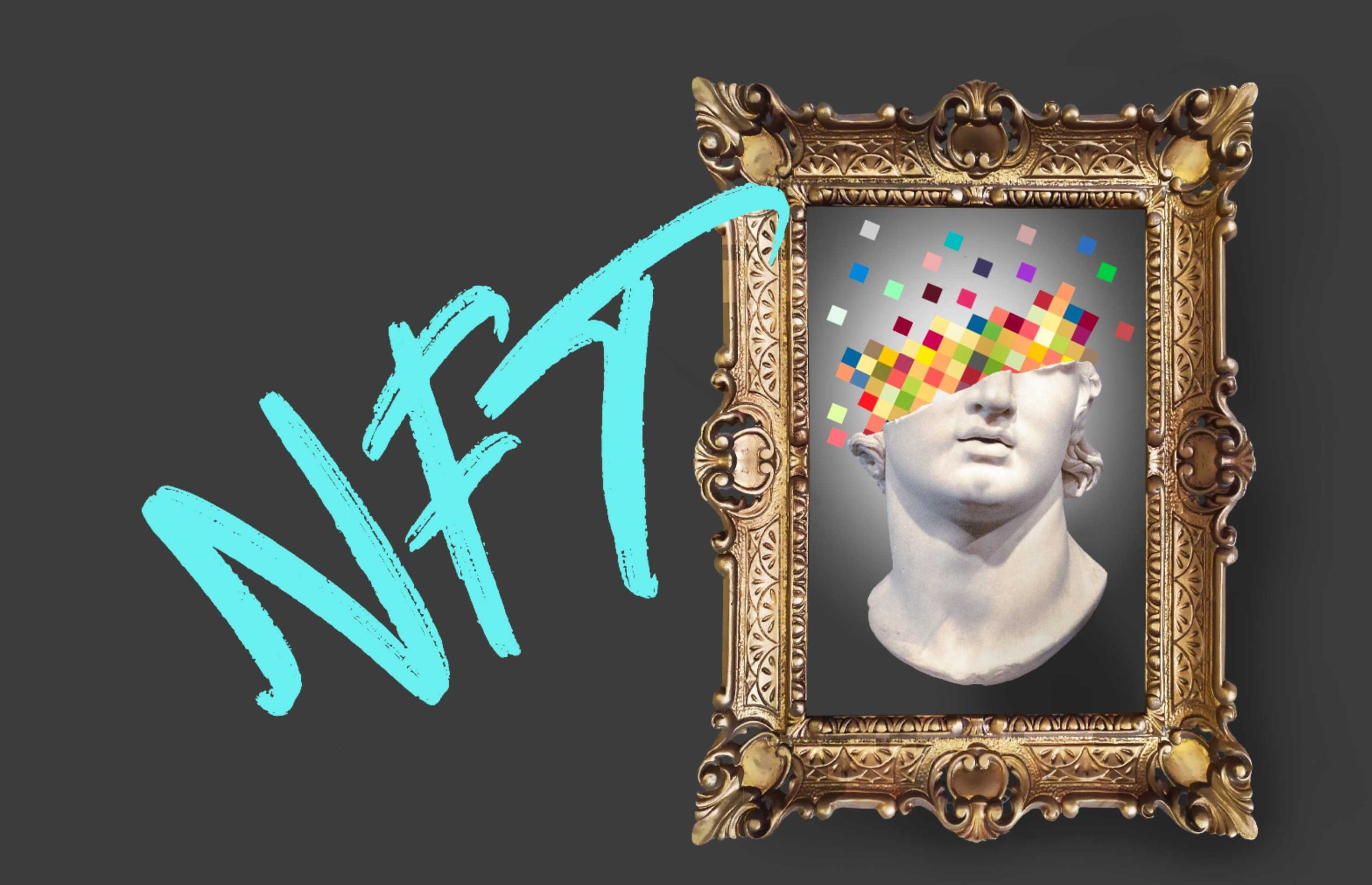Non-fungible Tokens (NFTs) have taken the digital world by storm, completely changing how we perceive and value digital assets. In a nutshell, NFTs are one-of-a-kind digital tokens that signify ownership or proof of authenticity of a given item or piece of material. Unlike fungible cryptocurrencies such as Bitcoin or Ethereum, which can be exchanged one-to-one, NFTs are different and cannot be mutually substituted. This article goes into the world of NFTs, investigating their creation, purchasing, and selling, as well as its impact on art, collectibles, and gaming.
Creation of NFTs
NFTs are created through the minting process, which entails pairing a unique token with a digital asset. Artists, creators, and developers employ blockchain technology, generally on platforms such as Ethereum, to create an NFT. Smart contracts, which are self-executing contracts that automatically establish ownership and enable transactions, are used on these platforms. Creators produce a verifiable record of ownership and scarcity of their digital inventions by minting an NFT.
Buying and Selling NFTs
In recent years, the market for purchasing and selling NFTs has grown. Individuals who want to engage in this market have to create a digital wallet that supports NFTs and link it to a cryptocurrency exchange. Users can then browse NFT marketplaces to discover and purchase digital items that interest them. These marketplaces offer a diverse range of NFTs, including digital art, music, films, virtual real estate, and even virtual gaming things. When a transaction is completed, ownership of the NFT is transferred to the buyer’s wallet, recorded on the blockchain, and publicly verifiable.
The Impact of NFTs on Art
NFTs have had a significant impact on the art world, fundamentally altering how art is created, owned, and marketed. Traditionally, artists exhibited and sold their work through actual galleries and intermediaries. Artists can now engage directly with their audience using NFTs, presenting and selling their digital creations without the use of intermediaries. This greater ease of access has enabled artists to reach a global audience, offering visibility as well as possible cash streams.
Furthermore, NFTs have solved the issue of provenance, allowing artists to establish the validity and ownership of their digital artwork, thereby addressing counterfeit and piracy concerns. NFTs leverage blockchain technology to ensure that every transaction and ownership change is immutably recorded, creating a transparent and verifiable history for each artwork. Buyers have gained confidence as a result of knowing that the artwork they are acquiring is original and one-of-a-kind.
NFTs as Collectibles
NFTs have given collectibles an entirely new life. Because of their scarcity, uniqueness, and interoperability, digital collectibles, sometimes known as “crypto-collectibles,” have grown in popularity. Typically, crypto-collectibles are linked to blockchain-based games or virtual worlds where users may acquire, trade, and exhibit their digital assets.
Virtual pets, characters, skins, and other in-game things with value within the game’s ecosystems are examples of collectibles. The opportunity to possess and sell virtual assets, similar to traditional tangible collections such as trading cards or action figures, has spawned a thriving secondary market for collectors. NFTs have also created new opportunities for cross-game interactions, allowing players to use their treasures across many games or platforms.

NFTs and Gaming
The gaming industry has embraced NFTs as a means to enhance gameplay experiences and create new revenue streams. NFTs give gamers true ownership of their in-game assets, allowing them to purchase, sell, and exchange virtual objects with other players. This ownership has upended the traditional approach of game producers licensing and controlling in-game materials. Players can now freely trade, market, and maintain the value of their digital assets.
Blockchain-based games, commonly known as “pay-to-win” games, have grown in popularity. These games use blockchain technology and NFTs to provide players the opportunity to gain uncommon and valuable in-game items or tokens. Players that accumulate these assets can trade them on multiple marketplaces or utilize them to improve their game experiences. This has resulted in a new gaming paradigm in which players not only spend money on in-game items, but also gain tangible benefits for their time and abilities invested.
NFTs have an impact on gaming that goes beyond individual gamers. Game designers can now monetise their games in novel ways. Developers can build limited edition or exclusive in-game items that users can purchase by incorporating NFTs into their games. This provides developers with a consistent revenue stream because they get a percentage of each transaction that occurs in the secondary market. Furthermore, the ability to sell digital goods to players directly reduces the need for traditional distribution channels, lowering costs and raising profit margins.
The Future of NFTs
As NFTs acquire traction and broad acceptance, their future appears bright. Blockchain, the technology underlying NFTs, creates a transparent and immutable record of ownership, confirming the validity and provenance of digital assets. This has far-reaching consequences that go beyond art, collectibles, and games.
One area where NFTs are poised to make a significant impact is the music industry. Musicians can tokenize their albums, songs, or even individual tracks as NFTs, allowing fans to purchase exclusive ownership rights or special editions. This not only provides a new revenue stream for artists but also establishes a direct and closer connection between musicians and their fans. NFTs can enable fans to participate in the success of their favorite artists by holding valuable tokens that appreciate in value over time.
Film and entertainment industries are also exploring the potential of NFTs. Filmmakers can tokenize movie memorabilia, props, or even scenes as NFTs, creating unique collectibles for fans. NFTs can grant holders access to exclusive content, behind-the-scenes footage, or even premiere tickets. This new paradigm of digital ownership and engagement enhances the fan experience and opens up additional revenue streams for the film industry.
The real estate sector is another domain where NFTs can bring significant changes. Tokenizing properties through NFTs enables fractional ownership, making high-value properties more accessible to a broader audience. Investors can purchase shares of a property, and the ownership rights are recorded on the blockchain. NFTs provide transparency, traceability, and liquidity to the real estate market, simplifying the process of buying, selling, and investing in properties.
Virtual reality (VR) is yet another frontier where NFTs hold tremendous potential. VR platforms can leverage NFTs to create virtual worlds where users can buy, sell, and trade virtual assets. These assets can include virtual land, buildings, avatars, or even virtual goods and services. NFTs enable users to truly own their virtual assets, giving them the freedom to transfer or monetize their digital possessions across different virtual reality experiences.
However, some of the problems and challenges related with NFTs must be addressed. Concerns have been expressed about the carbon footprint of NFT transactions due to the environmental impact of blockchain technology, particularly in the case of energy-intensive platforms like Ethereum. Efforts are being made to create more sustainable alternatives and reduce the environmental impact of NFTs.
Furthermore, there have been incidents of fraud and plagiarism in the NFT market, when artists’ work has been exploited without their knowledge. To protect the rights and interests of producers and purchasers alike, clear norms, authentication systems, and robust platforms are required.

Conclusion
Non-fungible Tokens (NFTs) have heralded a new era in digital ownership, transforming the art, collectibles, and gaming industries. NFTs use blockchain technology to establish ownership, provenance, and scarcity of digital assets in a secure and transparent manner. Artists may communicate directly with their fans, creators can monetise their work in new ways, and gamers can genuinely own and sell their in-game assets.
While there are problems and concerns, the potential for NFTs to alter sectors and empower creators and consumers is enormous. We should expect more innovation and expansion of the NFT ecosystem in the next years as the technology evolves. NFTs have the ability to transform the digital landscape and redefine how we view and value digital assets if environmental effect is carefully considered and best practices are established.


